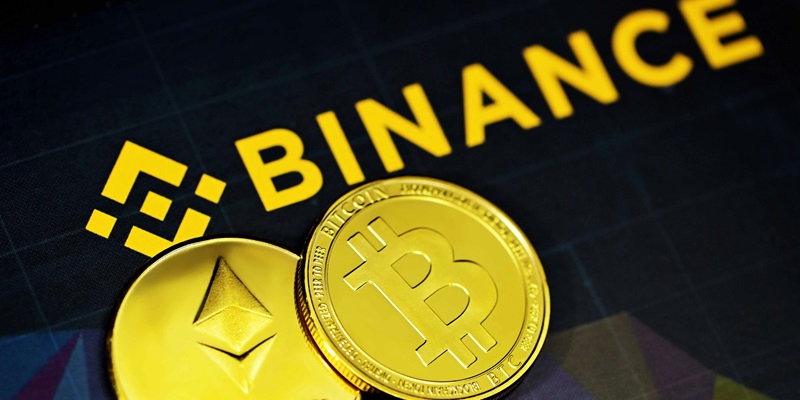The world of cryptocurrencies is notorious for its volatility, but one consistent trend has raised eyebrows: the dramatic price crashes experienced by multiple cryptocurrencies following their listing on Binance, the world’s largest digital asset trading platform by volume. This phenomenon has prompted a deeper investigation into possible causes, with various factors playing a significant role. HC Capital, a crypto venture firm, has highlighted specific tokens such as AEVO, PORTAL, STRK, SAGA, and DYM as crashing by over 80% from their all-time highs post-listing. Other tokens have similarly seen significant declines, with many falling between 60% and 70%. The crypto community is now grappling with the implications of these rapid devaluations and their potential link to insider trading or market manipulation.
Intrinsic Volatility of the Cryptocurrency Market
A primary contributor to the post-listing crashes is the intrinsic volatility of the cryptocurrency market. Cryptocurrencies are highly speculative assets, and their prices can fluctuate wildly within short periods. This volatility is often amplified during the initial stages of a token’s life, where investor excitement and speculative behavior drive prices to unsustainable levels. A pertinent example of this is the 2021 market bull run, where tokens like The Sandbox (SAND) and Decentraland (MANA) experienced meteoric rises fueled by hype. Once the initial excitement dissipates, these inflated valuations hit the inevitable market correction phase, resulting in significant price drops.
Additionally, the low supply of newly listed tokens exacerbates their price volatility. When a token has a limited supply, even minor trading activities can cause substantial price movements. Investors often gamble on these smaller altcoins, driven by the prospect of quick gains. This speculative behavior results in rapid price escalations that are typically followed by equally rapid declines. Each new listing on Binance attracts a flurry of market activity, further fueling the already erratic price behavior. The combination of speculative investing and low token supply creates a perfect storm for price volatility, making significant crashes almost inevitable.
High Fully Diluted Valuations (FDVs)
Another critical factor contributing to the post-listing price crashes is the inflated fully diluted valuations (FDVs) observed during the initial listing period. FDV represents the total value of a cryptocurrency project, factoring in all circulating tokens. When new tokens are listed on Binance, the initial hype often sends these valuations soaring to unjustifiably high levels. Investors flock to purchase these newly available tokens, pushing prices up in the short term. However, these inflated valuations are rarely sustainable, and market corrections become imminent once the initial excitement wanes.
As these corrections take place, the true market value of the token starts to emerge, often revealing that the earlier hype had led to an overestimation. This adjustment phase can be severe, with prices dropping dramatically from their initial peaks. Tokens such as AEVO, PORTAL, STRK, SAGA, and DYM have all witnessed this pattern, plunging by over 80% from their all-time highs post-listing. The inflated FDVs, coupled with the speculative nature of early trading, make the post-listing period particularly precarious for investors. These factors underscore the importance of thorough market analysis before diving into newly listed tokens.
Potential Insider Trading and Market Manipulation
One major factor contributing to post-listing price crashes is the inflated Fully Diluted Valuations (FDVs) seen during the initial listing period. FDV represents the total value of a cryptocurrency project based on all circulating tokens. When new tokens are listed on Binance, initial hype often drives these valuations to excessively high levels. Investors rush to buy these newly available tokens, causing short-term price spikes. However, these inflated valuations are seldom sustainable, leading to inevitable market corrections once the initial excitement fades.
During these corrections, the true market value of the token starts to become apparent, often revealing that the earlier enthusiasm had led to an overestimation. This adjustment phase can be dramatic, with prices falling significantly from their initial highs. For example, tokens like AEVO, PORTAL, STRK, SAGA, and DYM have all experienced this trend, plummeting by over 80% from their peak post-listing. The combination of inflated FDVs and speculative early trading makes the post-listing period particularly risky for investors. Thus, thorough market analysis is crucial before investing in newly listed tokens.

